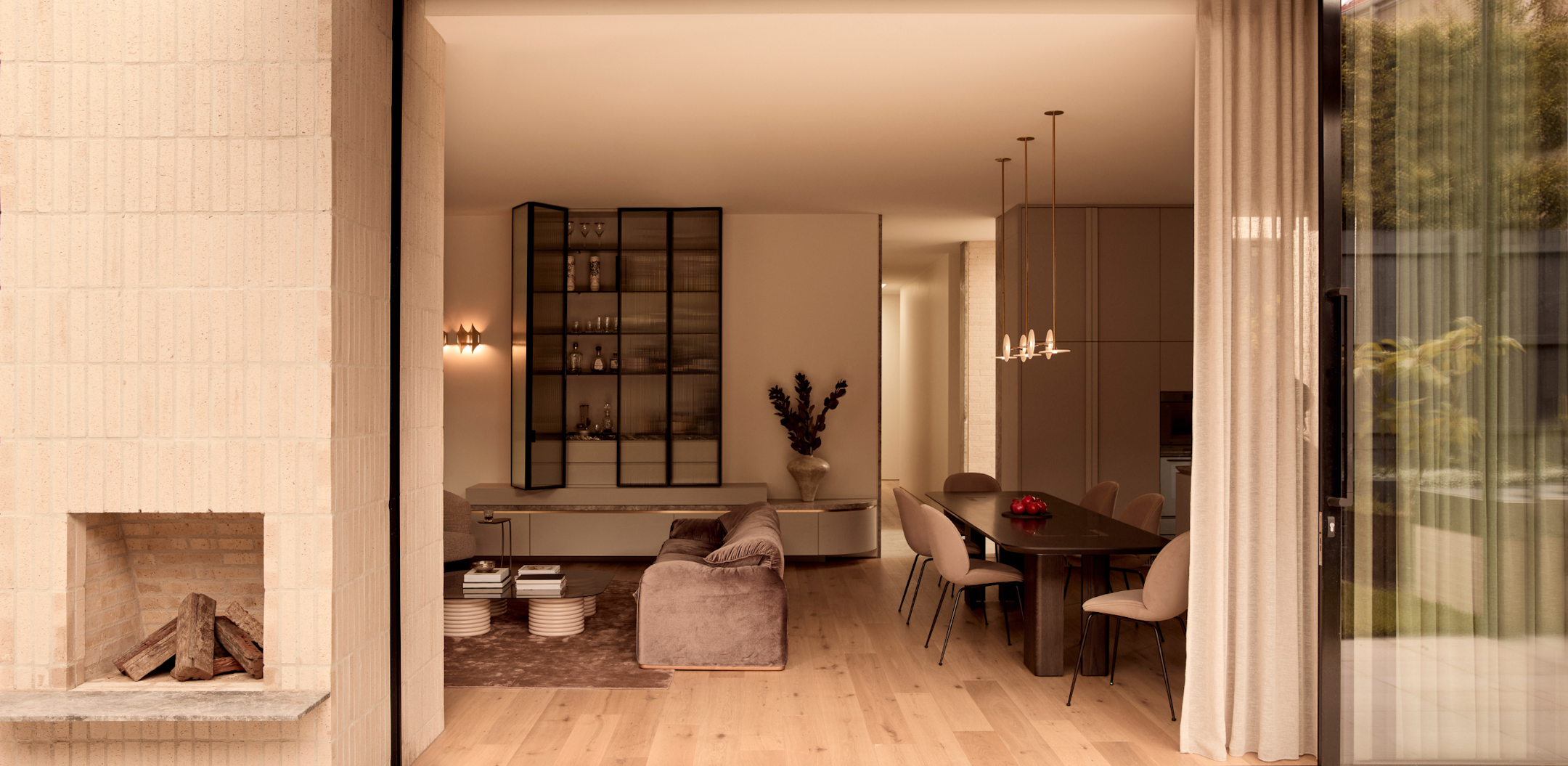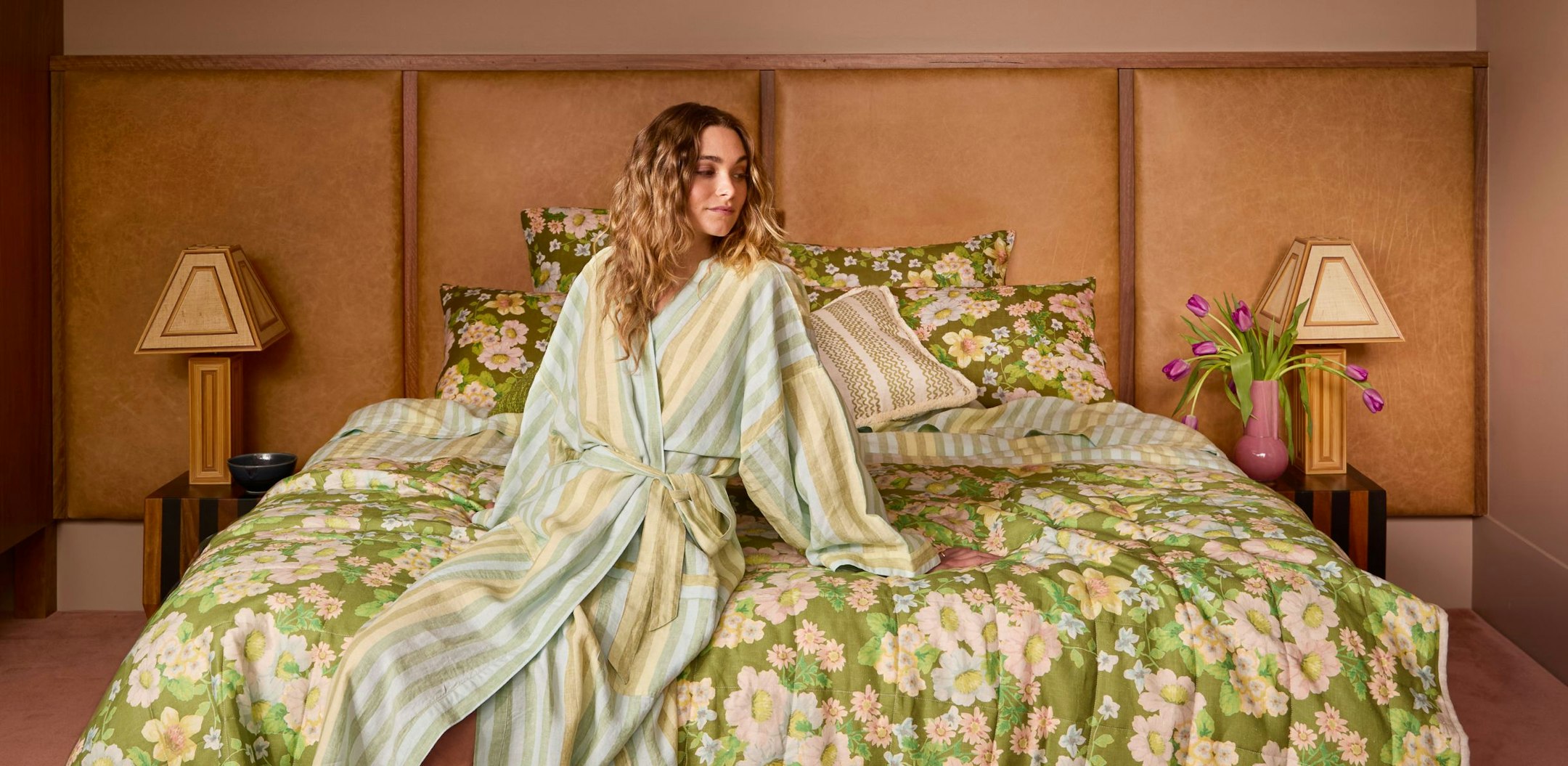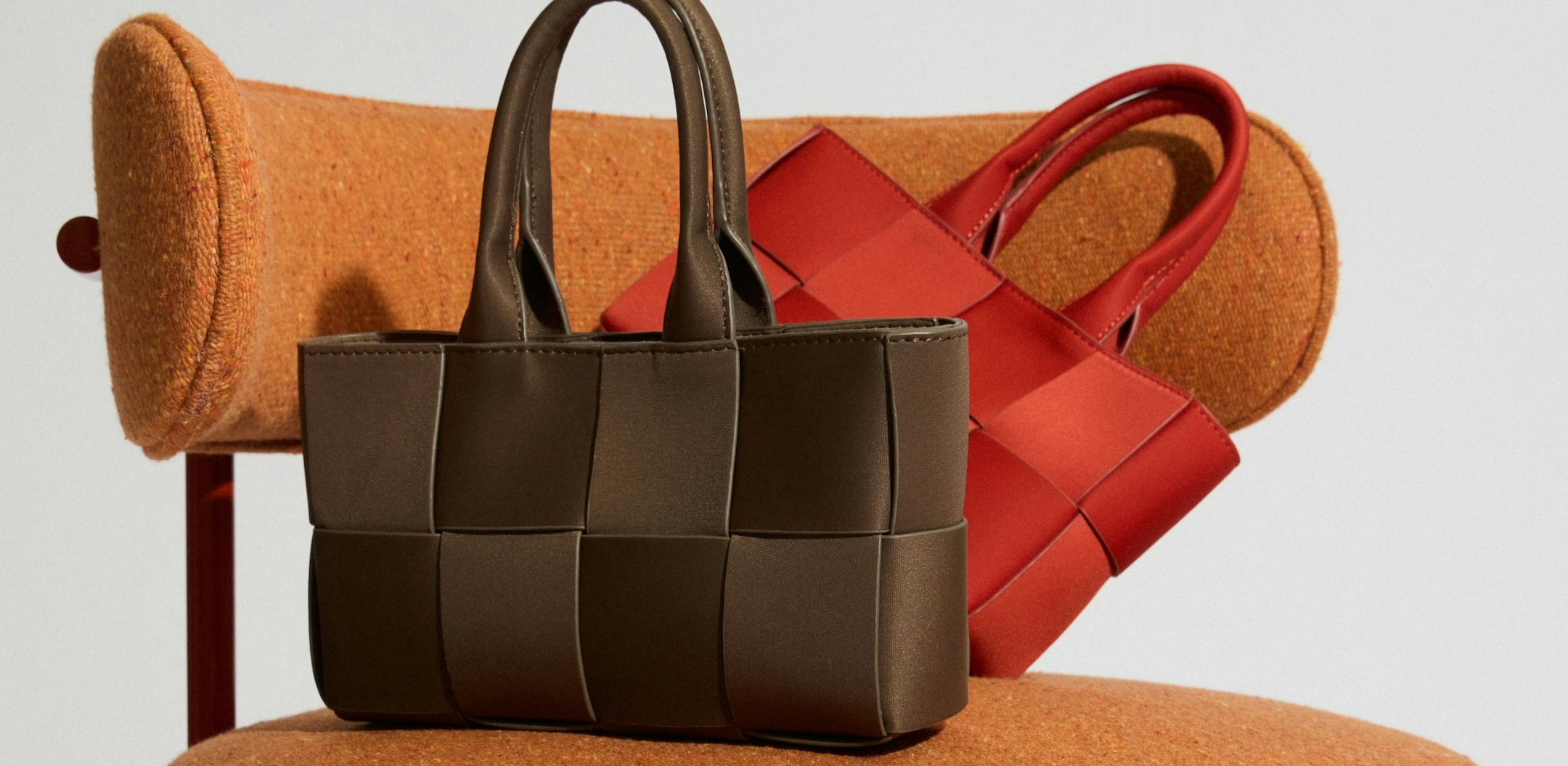We sat down with Cera Stribley co-founder, Dom Cerantonio, and associate director, Matt Hainsworth, to talk standout projects, the evolving role of residential design, and what’s next for the growing multidisciplinary practice.
LifestyleIn Conversation with Cera Stribley
Next ArticleIn Conversation with Cera Stribley

06 August 2025
What originally inspired you to start Cera Stribley, and how has that vision evolved over time?
Domenic Cerantonio: Chris [Stribley] and I met at university and took different career paths — he focused on high-end residential, and I worked in large-scale multi-residential and commercial projects. We saw an opportunity to combine our strengths and create a practice that marries design ambition with technical rigour. From the beginning, our vision was to offer hands-on, boutique service while handling complex projects. That vision has grown into a multidisciplinary studio offering architecture, interior design, and landscape architecture, with the same client-centred focus.
What defines a successful project for you, beyond just the finished form?
DC: Success is about contribution, enhancing the streetscape, setting a new design benchmark, delivering long-term value, or treading more lightly on the planet. Above all, it’s about creating spaces people feel proud to call home — places that are beautiful, meaningful, enduring, and well-loved.
What’s next for Cera Stribley? Are there any upcoming projects or plans you are particularly excited about?
DC: We’re especially excited about launching our new Landscape Design division, led by Carlo Gabriele. It’s something we’ve been working towards for a while. Great architecture and landscaping go hand in hand, and bringing landscape in-house allows for more cohesive, integrated outcomes that strengthen the relationship between built form and nature.
Please tell us about one project you have worked on that stands out to you and why.
Matt Hainsworth: There are so many! Right now, we’re working on a magnificent heritage home in Hawthorn for a family who plans to make it their forever home. It’s a standout because of how personal it is — every design decision is grounded in how they want to live now and into the future. Another favourite is Deco House, an Art Deco cottage in Pascoe Vale, which we carefully renovated and extended into a timeless, light-filled family home. Adapting an existing home — honouring its heritage while reimagining it for the future — is always incredibly rewarding.
What should people look for when selecting an architect or design team for a new home?
MH: Trust is everything. Designing a home is a deeply personal process, and you need to feel comfortable with your architect. Mutual respect and open communication are what allow the process to become truly collaborative. The best outcomes happen when the client and architect work as a team.
Where do you see residential design heading in Australia over the next 5 to 10 years?
MH: Expectations are shifting. People want more from their homes, not just aesthetics or square footage, but lifestyle, wellbeing, and flexibility. We’ll see an even stronger focus on wellness, sustainability, and adaptable spaces that evolve with the people who live in them.
How does your team stay creative and inspired?
MH: Our clients are a constant source of inspiration. Every brief and site is different, which keeps things fresh. We also foster a collaborative studio culture where ideas are shared, and everyone contributes their own perspective. That creative energy drives us forward.
LEARN MORE https://c-s.com.au/



